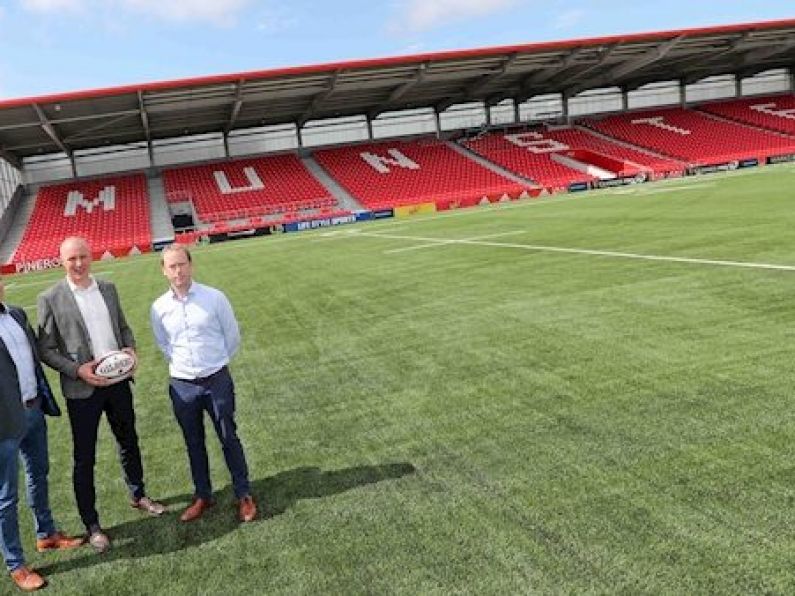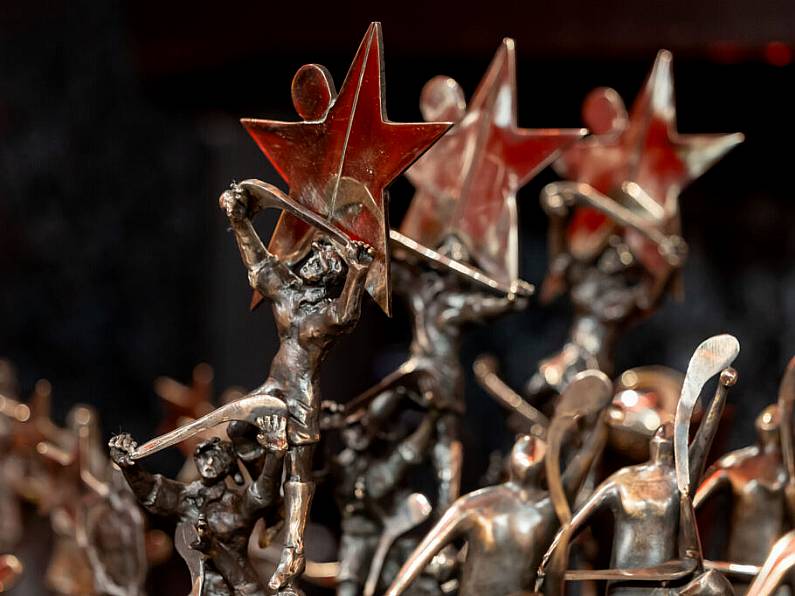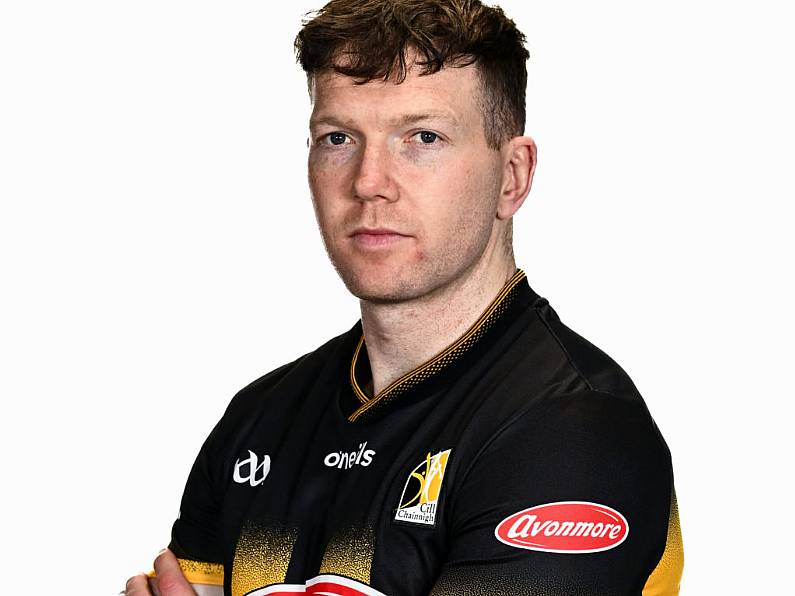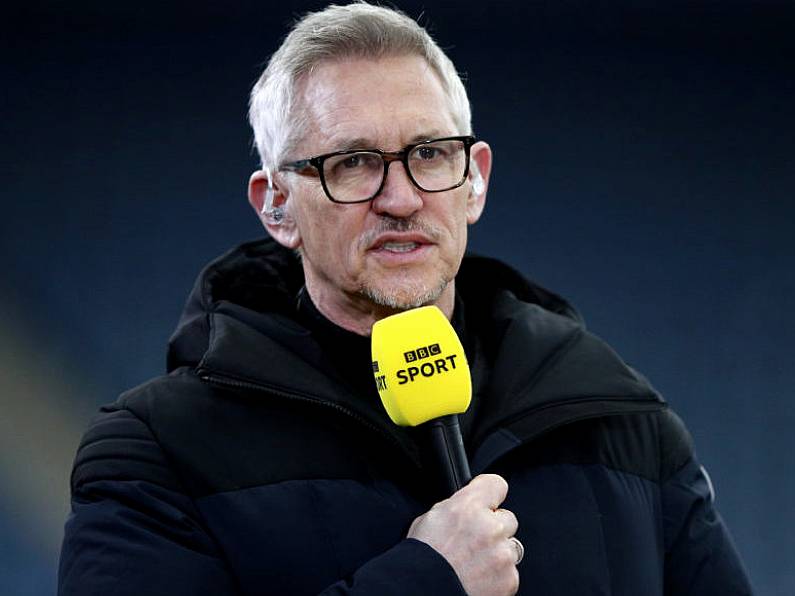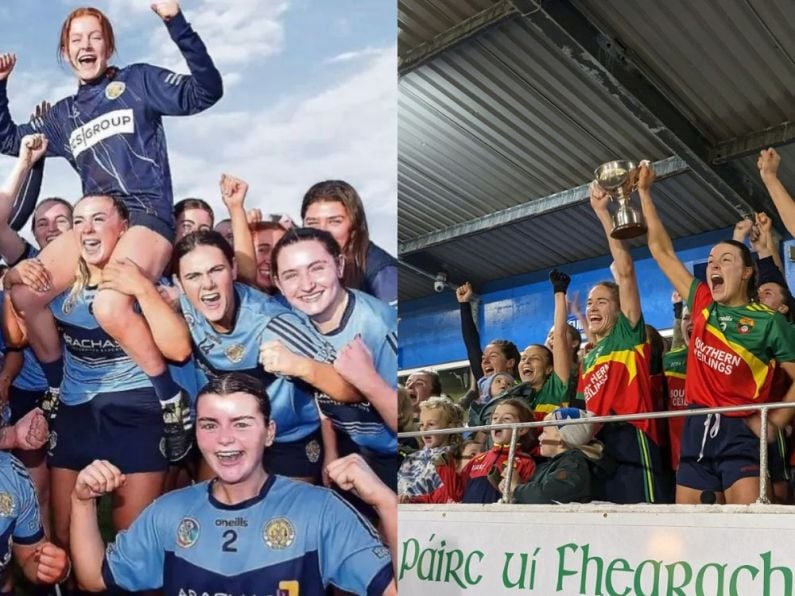Johann van Graan’s team may not be back in Cork until February but that is not to say Musgrave Park is back in mothballs this morning after last night’s Guinness PRO14 clash with Edinburgh.
The sightings of Peter O’Mahony and his fellow Corkonians playing competitively in their hometown are all too fleeting, being restricted, much to the frustration of Munster supporters in the province’s biggest city, to just four PRO14 matches per season.
Yet acting chief executive Philip Quinn insists Munster Rugby is fully committed to Cork and that there are ongoing plans to develop Musgrave Park as a “high-quality hub for provincial rugby”.
The 8,008-capacity stadium, which staged its first game on November 10, 1940, underwent a €3.2m facelift in 2014-15, which included a 3,500-capacity West Stand and a roof over the East Terrace while this past summer saw the installation of a state-of-the-art artificial playing surface which allows Munster to get considerable more use out of their amenity than the previously pristine and highly regarded grass pitch allowed them.
Speaking from Munster’s head office, at the southern end of the grounds, Munster’s Head of Financial and Operations Quinn puts further development of Musgrave Park at the centre of the province’s strategy for growing the game in the province and engaging with the local community with plans in place for more facilities on the site.
A planning application for a multi-use training facility behind the North Terrace at the Dolphin end of the stadium was lodged last month and a decision is expected sometime during December while it is hoped the Large-Scale Sport Infrastructure Fund (LSSIF) recently announced by the Government can be made use of to contribute to financing the development. Both Leinster and Connacht have expressed their intention to apply for their redevelopment plans at the RDS and Sportsground respectively and Munster will also submit their application prior to next April’s closing date.
“Phase one was our artificial pitch,” Quinn told the Irish Examiner. “At times we’ve been criticised for leaving Cork behind. We believe we’re still present in Cork. We do have our administration, offices, our headquarters here and there’s a long-term plan for Cork.
“Phase II, which we lodged for planning, is a training facility at the Dolphin end of the ground. There’s a training pitch down there and the plans are that we will have a fully enclosed training facility there, half a pitch, a gym, dressing rooms, public toilets and storage rooms.
“The main purpose is that we have underage structures. Our 16s, 17s, 18s are renting pitches at the moment out in CIT and we need our own facility for the south and east of the province. We’ve always said what we wanted here was a high-quality hub for provincial rugby and that’s exactly what we’re going to do.
“We will be making an application to the large-scale sports infrastructure fund, which Connacht are going in for the Sportsground as well I believe. We’ve lodged our planning and we will be hopeful of a positive outcome and then starting work on that next year.
“It really is about engaging with both tenant clubs but also our community.”
The pitch remains at the heart of any sports stadium, of course, and Quinn welcomed the opportunities the new modified 3G surface has given Munster to offer it to the wider public while still providing a top-level playing surface for the professionals.
“We recently had a local secondary school renting it and charged them €70. This isn’t a money-making venture at all. We want to engage with our local community.
“There’s a massive opportunity here to be more engaged and we’re totally open to other sports. We’ve soccer out there on a Sunday evening between 6 and 8pm and it’s nearly booked up for every evening already, it’s that much in demand.
“You have clubs like Douglas Rugby Club, who are in the process of moving their training here once a week. The two tenant clubs are training out there and we have an IRFU Touch Fit programme that’s being run out there; we’ve our regional development squads out there on a Monday and a Wednesday night. It’s fantastic to have the facility but what we’re missing is the gym side of things and that’s what we’re building down the other end.
“We would see it long-term as being a municipal stadium, open to all. Rugby will always be number one here but let’s engage, let’s get people in here to what is a fantastic sporting facility.
Musgrave Park must continue to wash its face financially, though, and the stadium will host gigs next June for George Ezra, which sold out rapidly, and The Coronas, tickets for which went on sale yesterday. Munster also recently secured Ireland’s U20s home games for the 2019 Six Nations, against England and France, with an option for both parties to extend following that.
“We want to host more games and we’re working closely with Cork City Council as well on it. We’ve been in with them and we want this to be something that brings more business into Cork.
“It’s the exact same with the George Ezra concert which we announced in October and sold out in 10 minutes, 12,000 tickets.
“The financial model with the artificial pitch is fantastic. The focus wasn’t on the pro game, it was focused on domestic rugby and the development of rugby through the clubs, the schools, being able to have a facility that means we’re not going to Con, to Pres, to Christians, asking ‘can we have use of your facilities’ in the middle of winter when they need their facilities just as much.
“We now have our own facility where we can say, Friday night, ‘Con, do you want to have a match here?’, Saturday we’ll have a Munster match, Sunday we’ll have an Irish U20s match. You just have that flexibility.
“We had a double header with the Women’s U18s and the Women’s seniors and then that evening, Midleton played Cashel. Three matches on the same day, no impact on the pitch.”
Quinn is conscious of misgivings that this financial model came at the expense of a much-loved and immaculate natural playing surface but insisted it was something that had to be done.
“Of course there’s always a feeling, ‘why did you rip up that fantastic grass pitch?’ The bottom line was we would have had to rip it up anyway because the drainage had to be completely overhauled.
“And it’s about moving with the times and having a facility that we can play top-quality rugby on and it should improve the skill levels of our clubs and schools players. That’s all in our strategic plan. If we want the next batch of Munster players coming out of those we need to provide facilities that match that. Not playing in the heavy muck. Climate change and the storms coming in more frequently, playing surfaces are suffering and so we need to improve those facilities.This artificial surface is best for Munster at the moment.
“Cork Rugby Stadium, the stadium company we set up to run it, is now contributing to the bottom line of Munster Rugby. That’s a fantastic position from where we’ve come from.
“The concerts are playing a major part in that, the renting of the artificial pitch, the attraction of the U20s, all of these are allowing us to develop these non-direct matchday revenues and put them back into Munster Rugby.”
‘We see it long term as being a municipal stadium, open to all’
